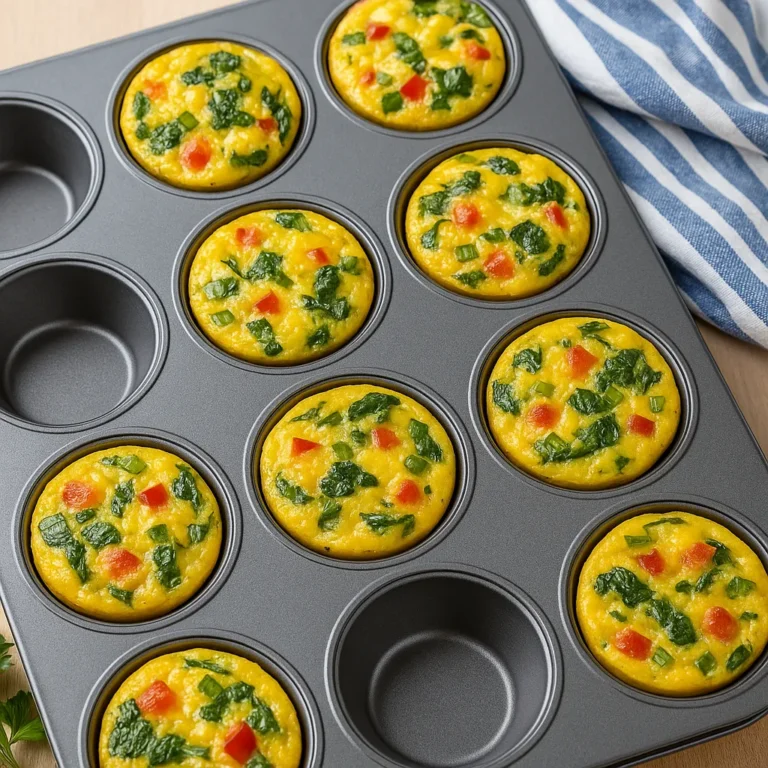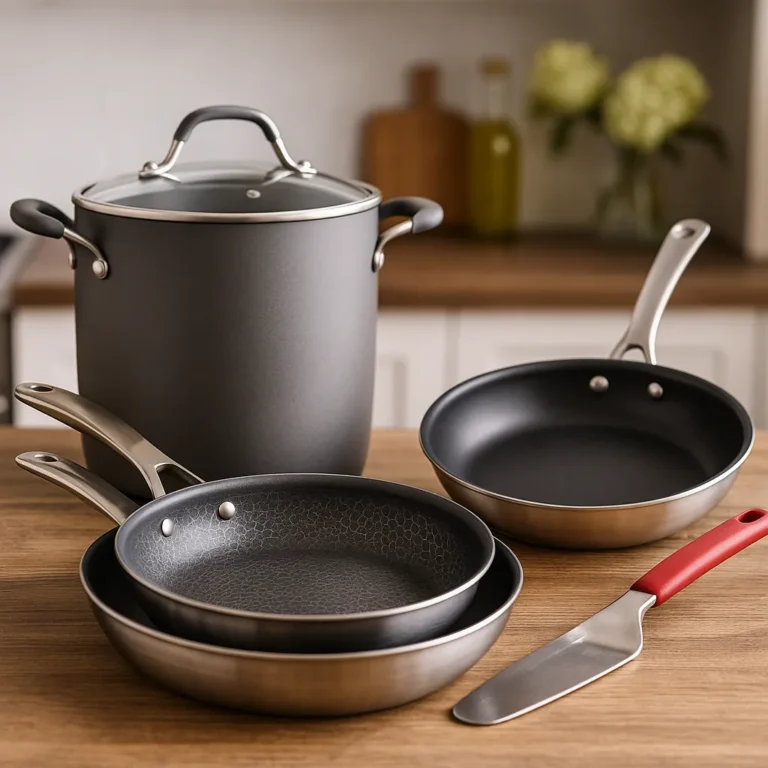How to Make Stainless Steel Cookware Non Stick Without Coatings
Stainless steel cookware is incredibly durable and versatile, but it’s not exactly known for being easy to cook on. Many people give up on it after dealing with stuck-on eggs or hard-to-clean messes. But with the right technique, you can actually make stainless steel behave a lot like nonstick—no synthetic coatings required.
Let’s break down how to cook smarter with stainless and get better results, starting with the heat.
Preheating and Oil Timing Make a Huge Difference
To get stainless steel to act more like nonstick, the temperature has to be just right. According to home cooks and chefs alike, one of the biggest mistakes is putting food into a cold or unevenly heated pan.
Start by preheating the pan over medium heat for 2–3 minutes. Then add oil and wait until it shimmers. That shimmer tells you the oil is hot enough to form a barrier between the pan and your food.
Need a quick test? Flick a few drops of water into the pan. If they form little balls that dance around the surface, it’s ready. If they sit still or evaporate immediately, it’s not there yet.
Let the Food Release Naturally
One common frustration with stainless steel is sticking—but often, it’s just a matter of timing. Food that’s seared properly will release on its own when it’s ready to flip.
This applies especially to proteins like chicken, steak, or fish. If you’re trying to move them and they stick, they’re not done searing. Give them a little more time. Once a crust forms, the food will lift easily without tearing or leaving a mess behind.
It’s a small habit shift, but it makes a big difference in how your meals turn out—and how much time you’ll spend cleaning up.
Deglazing Helps with Cleanup (and Flavor)
Even with a perfect cook, some browned bits will stick to the pan. That’s not a problem—it’s an opportunity. Those little bits, called fond, are packed with flavor.
Right after cooking, pour in a splash of broth, water, or wine while the pan is still hot. This loosens the stuck-on bits and turns them into a quick sauce, all while making the pan easier to clean.
For stuck-on messes after the meal, a little warm water and a sponge usually does the job. Tougher residue? Try a baking soda paste or a cleaner like Bar Keepers Friend. Avoid harsh scrubbing pads that could damage the surface over time.
Build Habits That Support Nonstick-Like Results
While stainless steel doesn’t chip or flake like nonstick coatings, it still benefits from a little care. Using high-smoke-point oils like avocado or grapeseed can help maintain a slick cooking surface.
It also helps to avoid aerosol sprays. They tend to leave behind residue that interferes with proper heating and food release.
When it comes to storage, placing a soft cloth or pan protector between stacked pans can help keep the surface smooth and scratch-free. Some regular users also notice that their stainless pans become more nonstick over time when used consistently with proper preheating and oiling.
Conclusion
Stainless steel pans may not be naturally nonstick, but with the right technique—preheating properly, using the right oil, and letting food release on its own—they can come pretty close. While there’s a slight learning curve, the reward is better browning, deeper flavor, and long-lasting durability without chemical coatings. And if you ever need a quicker, low-maintenance option, ceramic or granite-coated pans offer a reliable alternative that fits more casual, everyday cooking.






